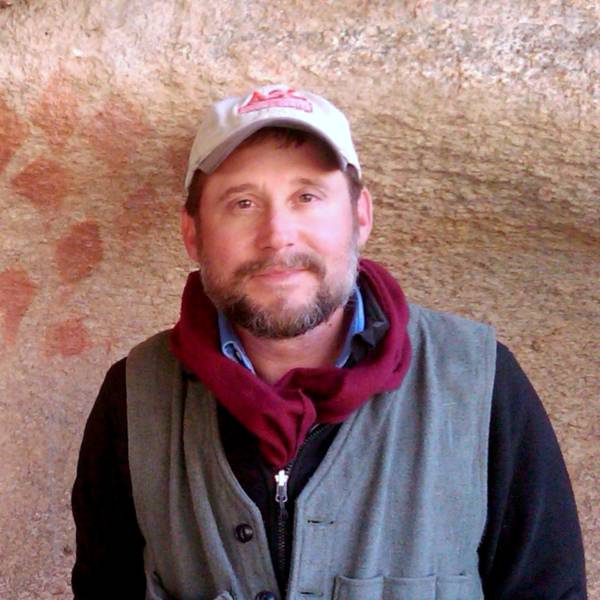There's an archaeological site I know of that's only seen during drought years. It's a strange place, hidden most of the year under a man-made lake in the Sierra foothills, and to be honest, it has always given me the creeps. Rising out of the water are hundreds of rock walls built by miners during the 1860s -- thousands of stones, moved by hand, water and shovel, and stacked as the miners tore up the creek beds in search of gold.
The site has a grim feel to it for two reasons. First, the miners moved all this rock, just to get it out of the way. It's never put to any purpose. The ultimate futility of it -- gold mining was a break-even proposition for all but a few -- is hard to grasp.
Second, I know it was a Native American village before the miners came through and ripped the valley floor down to base stone. The native people lived in the area that was reduced to bare cobbles and boulders. Their village is gone. I say the site has a grim feel because I know that, in the religious beliefs of this tribe, after you die you live your life in reverse, walking backwards through your past. In this case, their village is gone, washed away in the sluices of the miners. There's no place for these souls to go.
This is the crux of it: I feel, sliding through the mist across the quiet lake in our boat, that this is Purgatory. If I stay here too long, I too will be lifting stones or wandering lost, looking for something that's lost.
When I leave this place I want to have something to show for my life's work. Too many of us spend our days moving rocks, or paperwork, or boxes, from one pile to another. Too many of us wander backwards through our lives trying to find places that aren't there and people that are gone.
